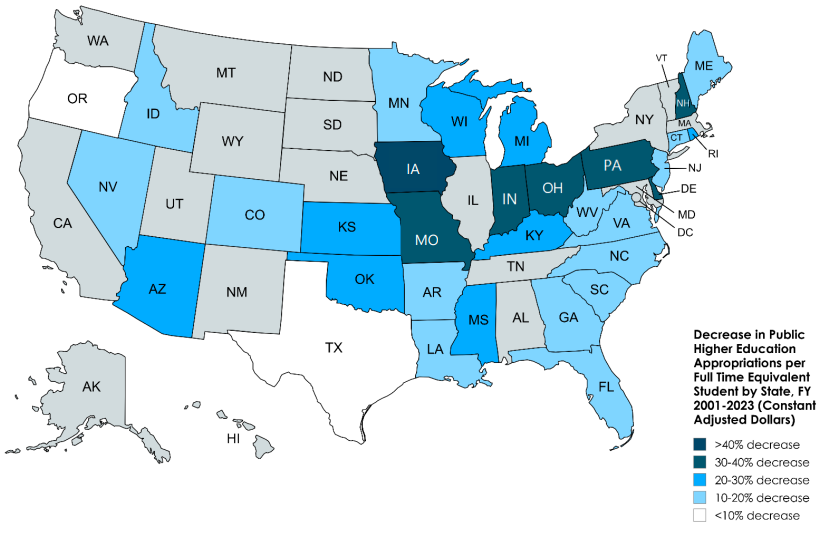Putting a Face to the Cuts: The Human Cost of the Budget Resolution
By Teon Hayes
Budget numbers can feel distant, as if they’re just abstract figures debated by those with privilege in the halls of power. But behind those numbers are people, families, and entire communities that will bear the brunt of decisions made in Washington. The House Budget Resolution proposes sweeping cuts that would affect the amount of groceries people can buy, the education of our children, and access to life-saving health care. The real-world consequences of these reductions will be devastating for millions of Americans.
Food on the Table: The Impact of Agriculture Cuts
For many families, the Supplemental Nutrition Assistance Program (SNAP) is the difference between having food on the table and going hungry. The proposed $230 billion in cuts to agriculture would likely mean deep reductions to SNAP, hitting families with low incomes, seniors, and children the hardest. These cuts could lead to stricter eligibility requirements, reduced benefits, and rising rates of food insecurity.
For example, a single mother in North Carolina has a full-time job but still struggles to afford groceries for her children. SNAP helps her bridge the gap, ensuring that her family has nutritious meals. If these proposed cuts go through, her family could see their food assistance slashed or eliminated, forcing this mother to make impossible choices between paying rent and feeding her kids.
The Cost of Cutting Education: A Blow to Future Generations
Education is often hailed as the great equalizer but slashing at least $330 billion from education funding threatens to widen disparities and limit opportunities for the next generation of leaders. This isn’t just about numbers; it’s about lost opportunities for millions of students.
Imagine a high school senior in rural Pennsylvania who dreams of becoming a nurse. He plans to attend a public college, relying on federal grants and affordable tuition to make his education possible. However, if these cuts become reality, the public college he wants to attend may be forced to raise tuition, reduce financial aid, and cut essential student support services. A reduction in education funding could mean fewer grants and higher student loan burdens, discouraging this student from pursuing the education he needs to thrive in the workforce. As a result, the cycle of poverty continues.
Decrease in Public Higher Education Appropriations per Full-Time Equivalent Student by State, FYI 2001-2023

Source: “Threats to the Department of Education: Private Equity Replacing Public Funding”
The Human Cost of Health Care Cuts
The proposed draft directs the committee that handles Medicaid to cut at least $880 billion, which will likely affect Medicaid most directly. This would have catastrophic consequences for millions of individuals who rely on the program for health care. These cuts could result in reducing coverage for essential services, increasing the number of uninsured Americans, and possibly closing hospitals and nursing homes.
Picture a diabetic patient unable to afford insulin, a child missing critical treatments, or a senior losing access to home health care. Stripping away Medicaid funding doesn’t just take away health care. It endangers lives.
Beyond the Numbers: Why This Matters
These proposed cuts represent real consequences for real people. While policymakers may see this as a fiscal decision, for millions of Americans, it’s a question of survival.
As these discussions unfold, we must ask: who benefits from these cuts, and who suffers? A budget is a moral document that reflects our priorities as a nation. What kind of country do we want to be: one that invests in its people, or one that turns its back on them?
This budget doesn’t just reduce spending; it threatens the stability of millions of families. Single mothers, high school seniors, people with chronic illnesses – they are just some of the real people who will feel the impact of these choices. The United States should be investing in policies that lift people up—ensuring that children have enough to eat, that schools have the resources to educate, and that communities have the support they need to be healthy and thrive.
